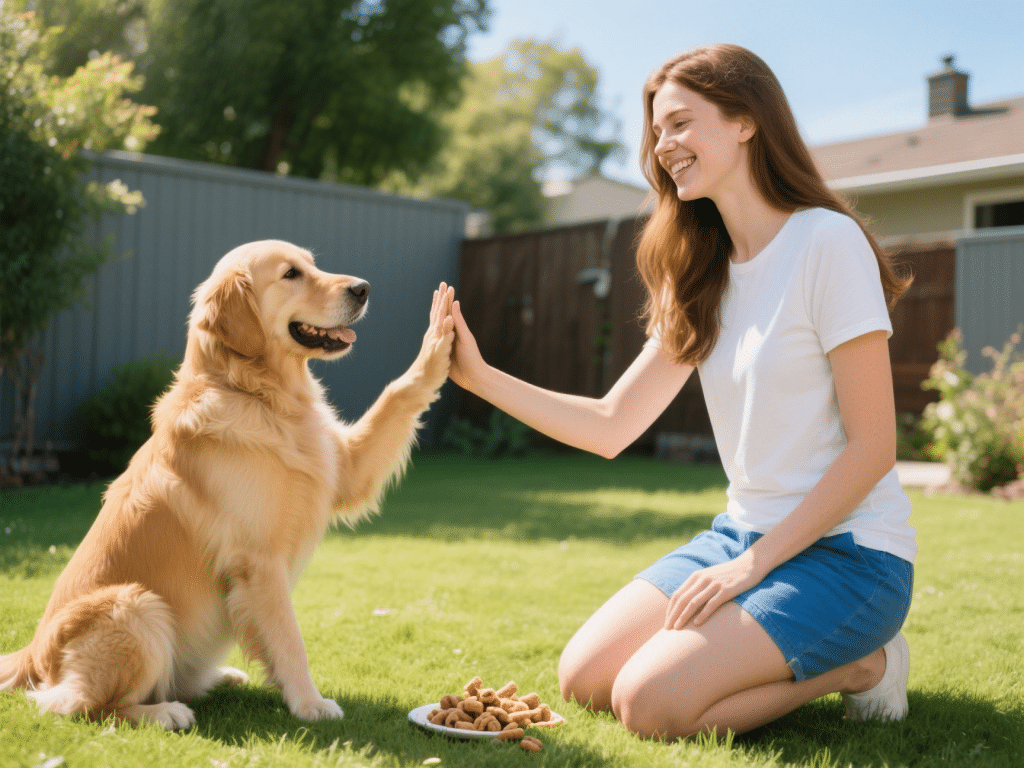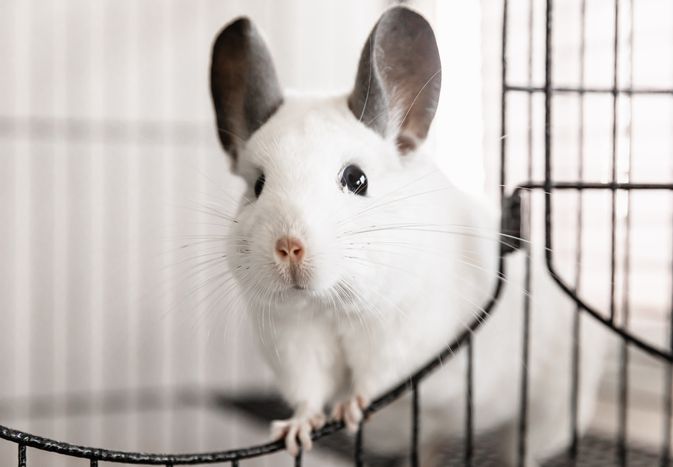Effective Dog Flea Prevention Strategies for a Happy Pet
Effective Dog Flea Prevention Strategies for a Happy Pet
Fleas are more than just a nuisance; they pose serious health risks to dogs, including skin allergies (FAD), tapeworms, and anemia. Implementing a consistent, multi-faceted prevention strategy is crucial for your dog’s comfort and well-being. Here’s a comprehensive, veterinarian-recommended approach:
1. Year-Round Preventative Medications
* **Topical Treatments:** Applied monthly between shoulder blades (e.g., fipronil, imidacloprid). Kills adult fleas and disrupts lifecycle. *Always use dog-specific formulas; cat products can be toxic.* * **Oral Medications:** Monthly chews or tablets (e.g., spinosad, fluralaner). Work systemically, often starting to kill fleas within hours. Ideal for dogs who swim frequently. * **Flea Collars:** Long-lasting collars (e.g., containing flumethrin/imidacloprid or seresto) can provide protection for 6-8 months. Ensure proper fit. * **Consult Your Vet:** The most effective product depends on your dog's age, breed, health status, lifestyle, and local flea resistance patterns. Never use OTC products without veterinary advice.
2. Environmental Control: Breaking the Flea Lifecycle
* **Regular Vacuuming:** Vacuum carpets, rugs, furniture, and pet bedding *at least twice weekly*. Immediately dispose of the vacuum bag/canister contents in a sealed outdoor bin. Flea larvae and eggs reside in the environment. * **Wash Bedding:** Wash your dog's bedding and any removable covers they frequent in **hot water (>60°C/140°F)** weekly. * **Outdoor Areas:** Keep lawns mowed and clear debris where fleas thrive. Consider pet-safe yard sprays containing Insect Growth Regulators (IGRs) like methoprene or pyriproxyfen, which prevent larvae from maturing.
3. Natural & Supplemental Approaches (Use WITH Preventatives)
* **Flea Combing:** Daily combing with a fine-toothed flea comb physically removes adults and eggs. Dip the comb in soapy water to drown captured fleas. * **Diatomaceous Earth (Food Grade):** Lightly sprinkle DE on carpets, bedding (let sit for several hours before vacuuming), and outdoor areas. *Avoid direct application on dog's face and ensure they don't inhale dust.* * **Essential Oil Caution:** While cedarwood or lavender oils are sometimes suggested, **use extreme caution**. Many essential oils are toxic to dogs. Never apply undiluted oils directly, and consult your vet first. Safer alternatives exist.
4. Recognizing & Responding to Infestations
* **Signs:** Excessive scratching, biting, or licking (especially base of tail, belly, groin); visible "flea dirt" (black specks like pepper) on skin or bedding; hair loss; red, irritated skin; pale gums (sign of anemia). * **Immediate Action:** If fleas are found: 1. Bathe dog with a mild dog shampoo (may drown some fleas). 2. Apply/readminister your vet-prescribed preventative immediately. 3. Intensify environmental cleaning (vacuuming daily, hot washing). 4. Treat ALL pets in the household simultaneously. 5. Consult your vet about safe, effective household sprays/foggers containing IGRs if the infestation is severe.
The Key: Consistency is Everything
Flea prevention isn’t a seasonal task; fleas can survive indoors year-round. Sticking rigidly to the schedule of your chosen preventative medication and maintaining a clean environment are the cornerstones of success. Regular vet checkups allow for strategy adjustments and ensure your chosen methods remain effective and safe.
Investing in consistent flea prevention isn’t just about stopping the itch; it’s a fundamental part of proactive healthcare, ensuring your dog remains happy, healthy, and truly flea-free.
RECOMMENDED NEWS

How to Choose the Right Water Bowl for Your Pet’s Health
IntroductionProper hydration is essential for pet health—kidney function, digestion, and...

Top 5 Dog Training Videos to Teach Your Dog New Tricks
Why Video Training Works for DogsVisual learning accelerates trick acquisition by 40% comp...

Choosing the Best Cat Carrier for Stress-Free Travel
Traveling with a cat can be a joyful experience when you have the right equipment. A high-...

The Best Supplements for Your Pet’s Health: What You Need to Know
Why Pet Supplements MatterNutritional gaps in commercial pet foods affect 30% of companion...

How to Care for a Pet Fiddler Crab
The term fiddler crab refers to around 100 species and subspecies of crabs from the genus...

How to Care for a Pet Chinchilla
Chinchillas are small rodents native to rocky, arid regions in South America. They are ty...
Comments on "Effective Dog Flea Prevention Strategies for a Happy Pet" :